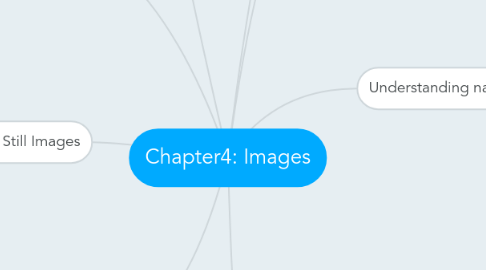Chapter4: Images
tnee jiehaoにより


1. Bitmaps
1.1. A bitmap is a simple matrix of the tiny dots that form an image and are displayed on a screen or printed
1.2. Bitmap is derived from the words “bit,” which means the simplest element in digital world, an electronic digit that is either on or off, black or white, or true (1) or false (0).
1.3. Software etc. Adobe’s Photoshop and Illustrator
2. Legal rights protecting use of images from clip art
2.1. Public domain images were either never protected by a copyright or their copyright has ended
2.2. Royalty-free images are purchased and then used without paying addition license fees
2.3. Right-managed images require you negotiate with the right holder regarding terms for using the image and how much you will pay for that use
3. Making Still Images
3.1. Enhance and make composite images
3.2. Alter and distort images
3.3. Add and delete elements
3.4. Morph
4. Vector-drawn graphics
4.1. Graphic artists designing for the print media
4.2. Computer-aided design (CAD) programs needed by architects and engineers
4.3. 3-D animation programs – changes of position, rotation, and shading of light
4.4. Applications requiring drawing of graphic shapes
5. Vector-drawn images versus bitmaps
5.1. Vector images use less memory space and have a smaller file size as compared to bitmaps.
5.2. For the Web, pages that use vector graphics in plug-ins download faster and, when used for animation, draw faster than bitmaps
5.3. Vector objects are easily scalable without loss of resolution or image quality.
5.4. Vector images cannot be used for photorealistic images.
5.5. Bitmaps are not easily scalable and resizable.
6. Features of a 3-D application
6.1. Lathing - A profile of the shape is rotated around a defined axis.
6.2. Extrusion - The shape of a plane surface extends some distance.
6.3. Modeling - Placing all the elements into 3-D space.
7. Understanding natural light and color
7.1. Color models
7.1.1. Other models include CMYK, CIE, YIQ, YUV, and YCC.
7.1.2. RGB model – A 24-bit methodology: color is specified in terms of red, green, and blue values ranging from 0 to 255.
7.1.3. HSB and HSL models – Color is specified as an angle from 0 to 360 degrees on a color wheel.
7.2. Subtractive color
7.2.1. color is created by combining colored media such as paints or ink.
7.2.2. The printed page consists of tiny halftone dots of three primary colors: cyan, magenta, and yellow (CMY).
7.2.3. Subtractive color is the process used to create color in printing.
7.3. Additive color
7.3.1. TV and computer monitors use this method
7.3.2. three primary colors - red, green, and blue (RGB).

